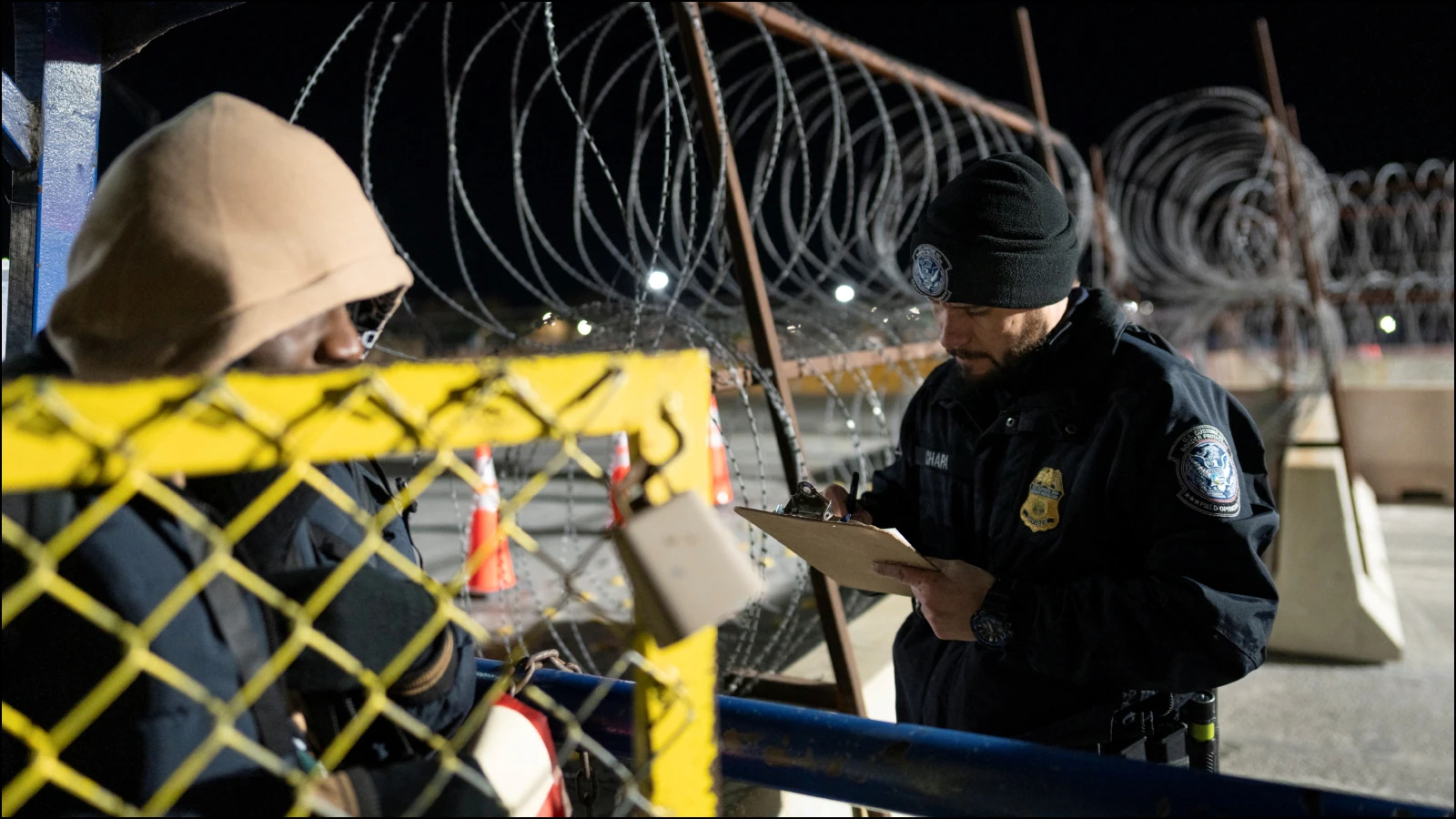Copyright news18

The United States has issued new travel rules for all foreigners entering and exiting the country, amid President Donald Trump’s crackdown on immigration. The US is now expanding the use of facial recognition technology to track foreigners in order to combat visa overstays and passport fraud. The US Customs and Border Protection (CBP) announced plans to photograph every non-citizen who is entering or leaving the country to increase national security. The new rules would apply to all non-US citizens, including immigrants living in the country and green card holders. “Implementing an integrated biometric entry-exit system that compares biometric data of aliens collected upon arrival with biometric data collected upon departure helps address the national security concerns arising from the threat of terrorism, the fraudulent use of legitimate travel documentation, aliens who remain in the United States beyond their period of authorized stay (overstays) or are present in the United States without being admitted or paroled, as well as incorrect or incomplete biographic data for travelers,” the CBP said in its Federal Register filing on Friday. When Would These Rules Take Effect? This regulation will allow US border authorities to require non-citizens to be photographed at airports, seaports, land crossings and any other point of departure. The new rules are set to take effect from December 26. US authorities could ask for other biometrics, such as fingerprints or DNA. It also allows border authorities to use facial recognition for children under age 14 and elderly people over age 79, groups that are currently exempted. These changes are part of efforts by the Trump administration to tighten border controls and prevent illegal immigration by using new technology. While CBP already asks visitors, immigrants with visas and green cards, and some US citizens to have their photo and fingerprints taken, it would be the first time that this data would be collected on every exit, according to Newsweek. Privacy Concerns The growing use of facial recognition in US airports has raised privacy concerns from watchdog groups worried about overreach and mistakes. A 2024 report by the US Commission on Civil Rights said tests had shown facial recognition was more likely to misidentify Black people and other minority groups, according to Reuters. The Congressional Research Service estimated in 2023 that about 42% of the 11 million immigrants in the US illegally at the time had overstayed a visa. The US Congress passed a law in 1996 mandating the creation of an automated entry-exit system, but it has never been fully implemented. The CBP had acknowledged difficulties in rolling out the system without dedicated and secure exit lanes at ports, but maintained that its improved facial recognition technology can address this issue. The CBP estimates the new system could be fully rolled out within three to five years.



